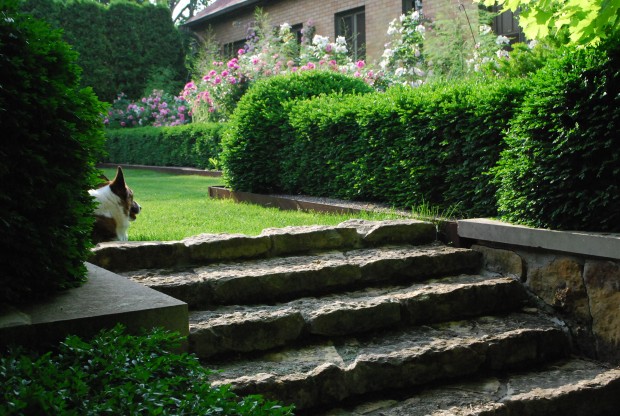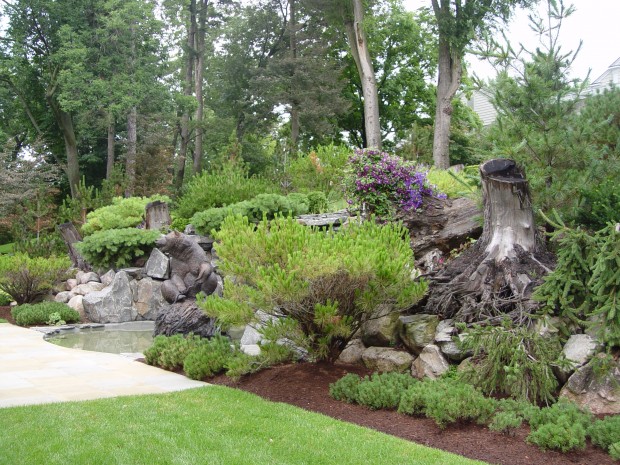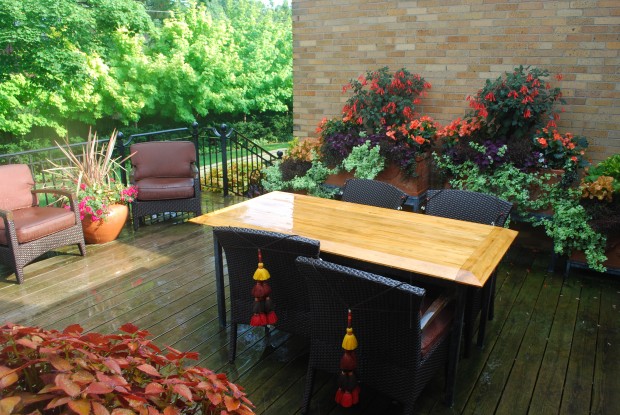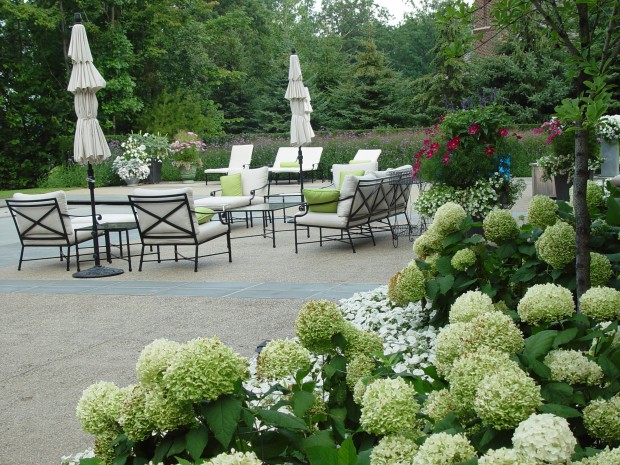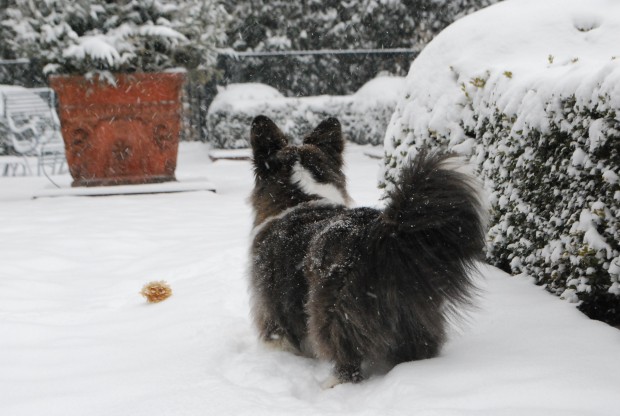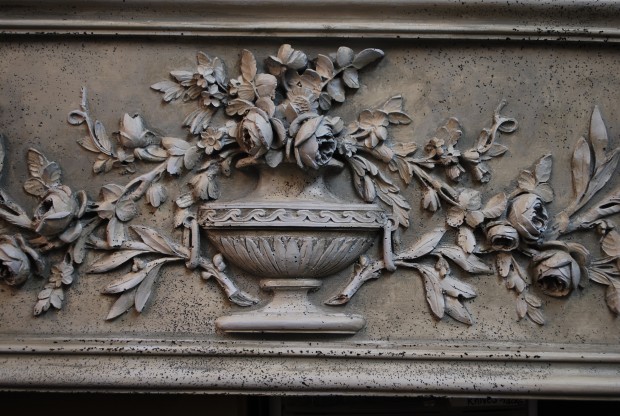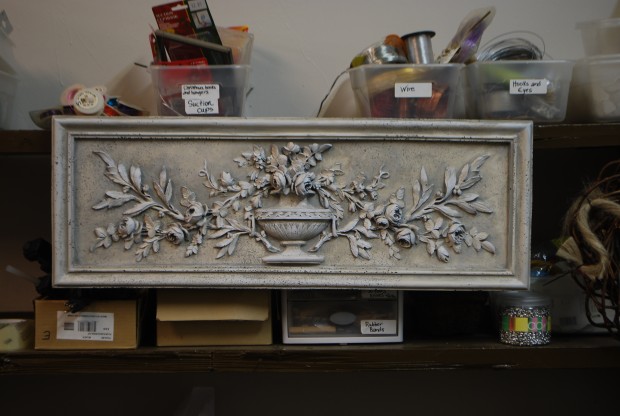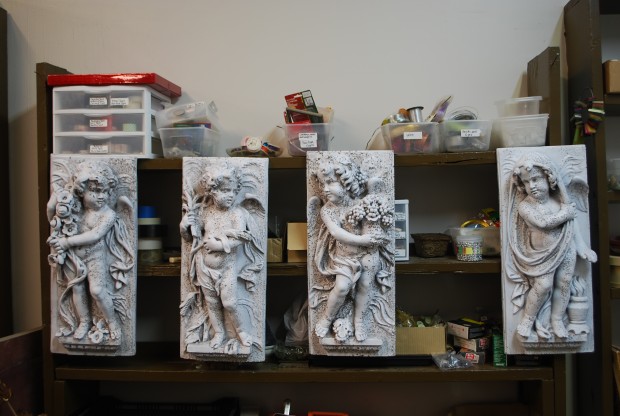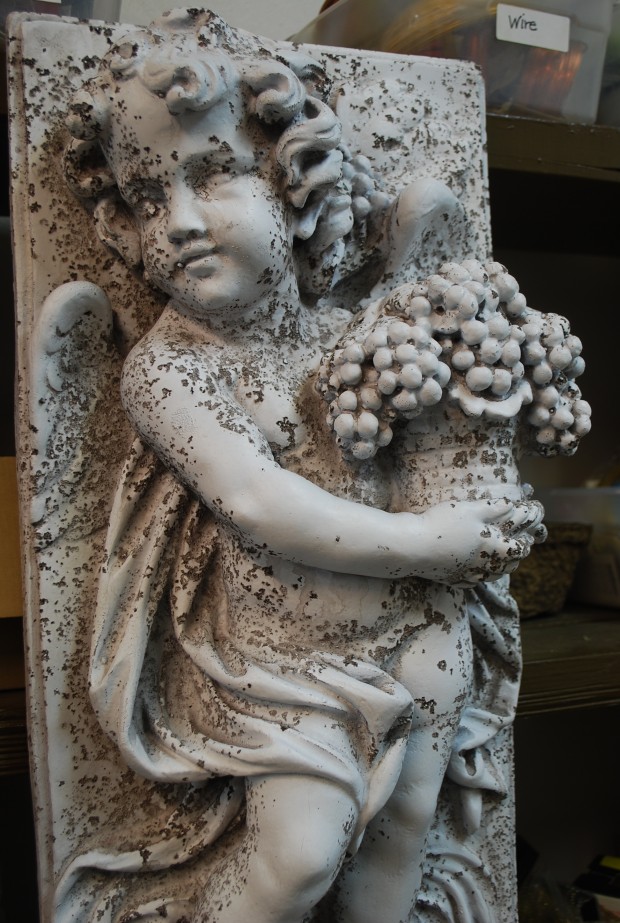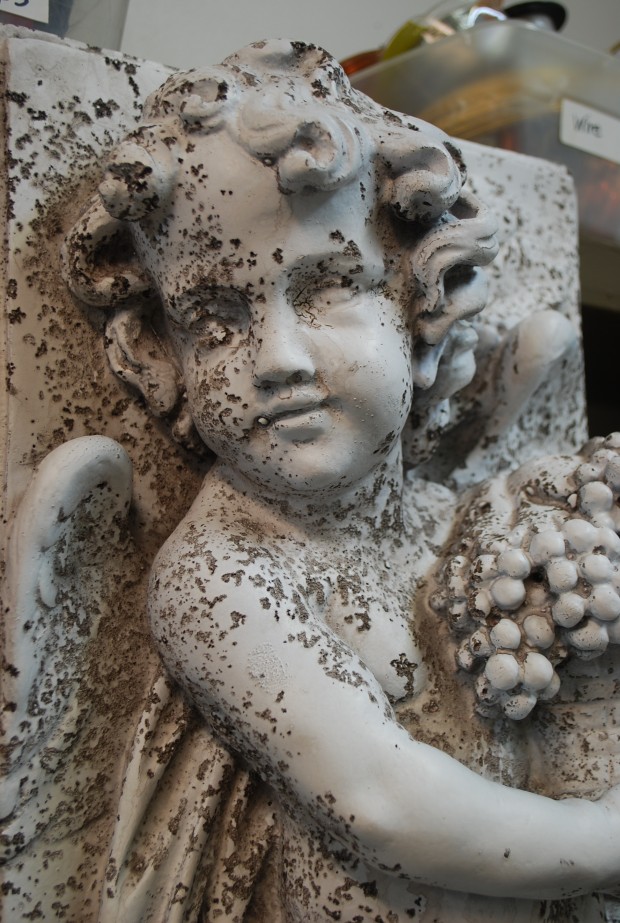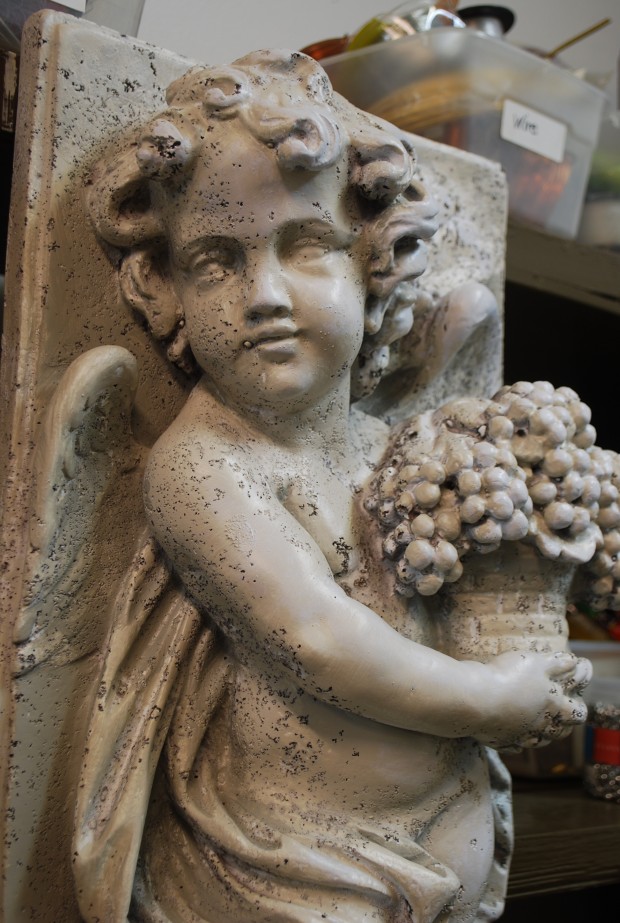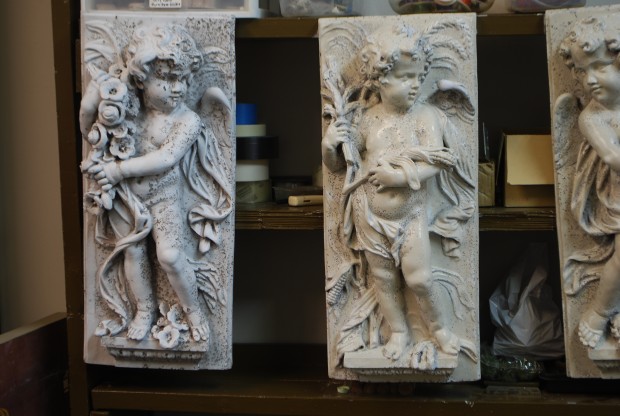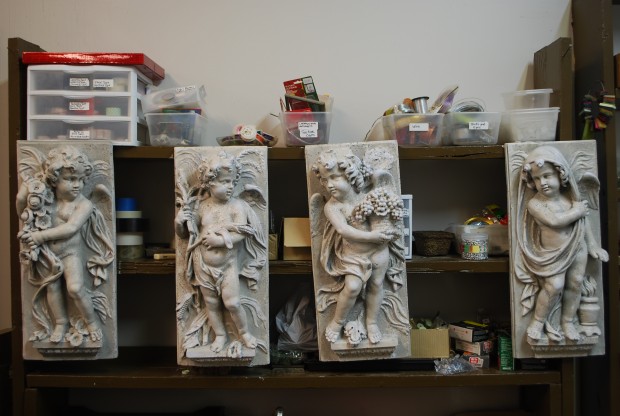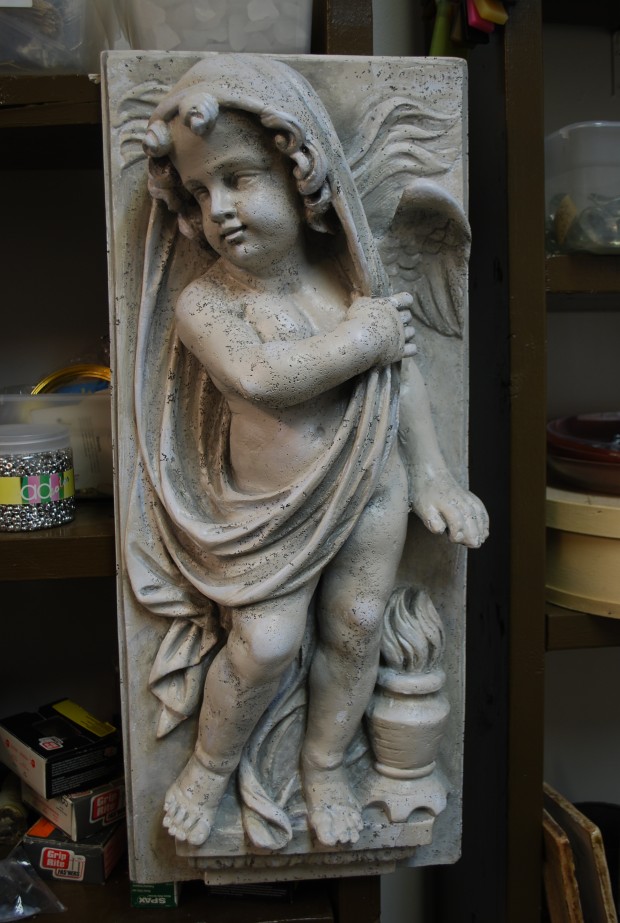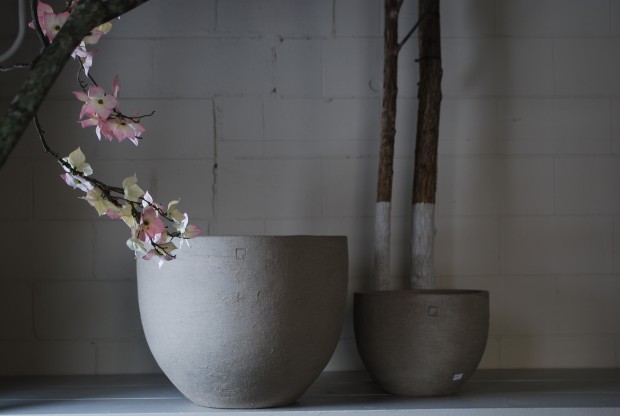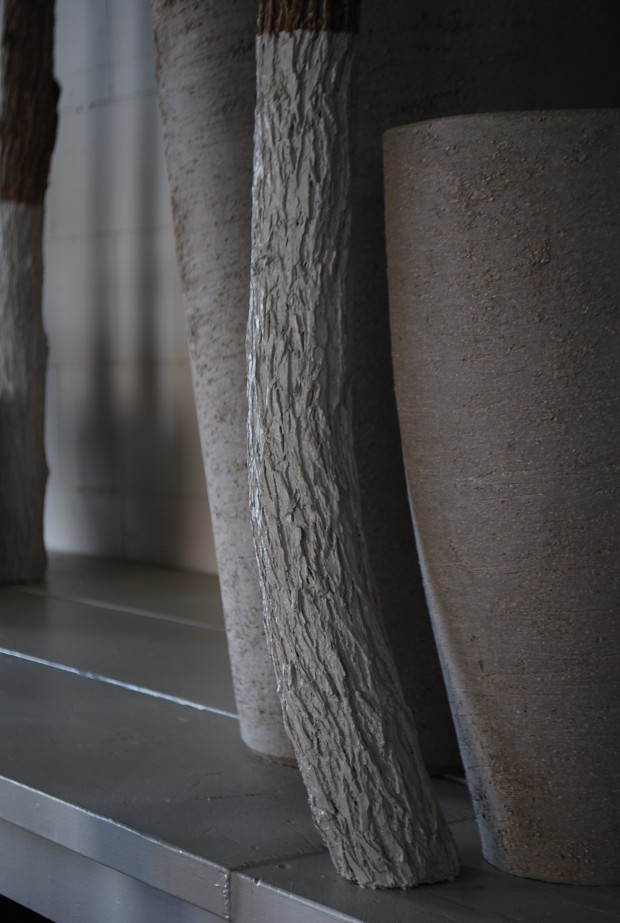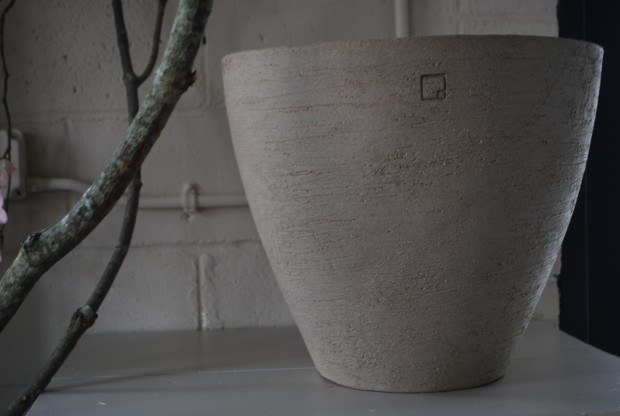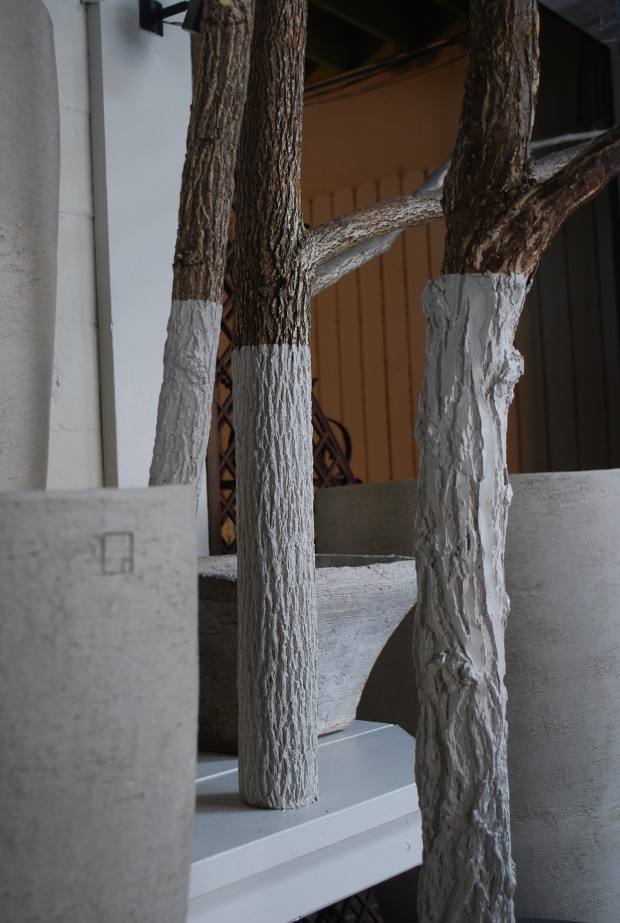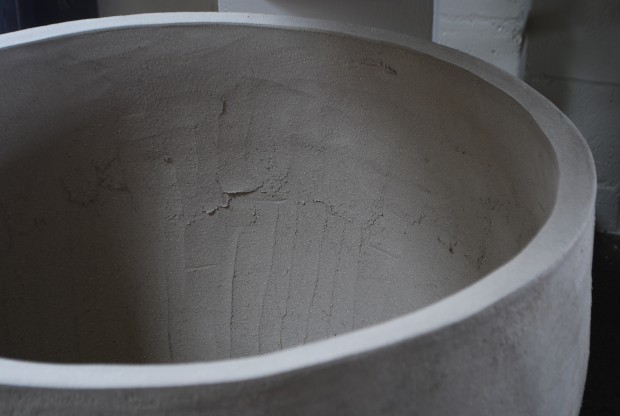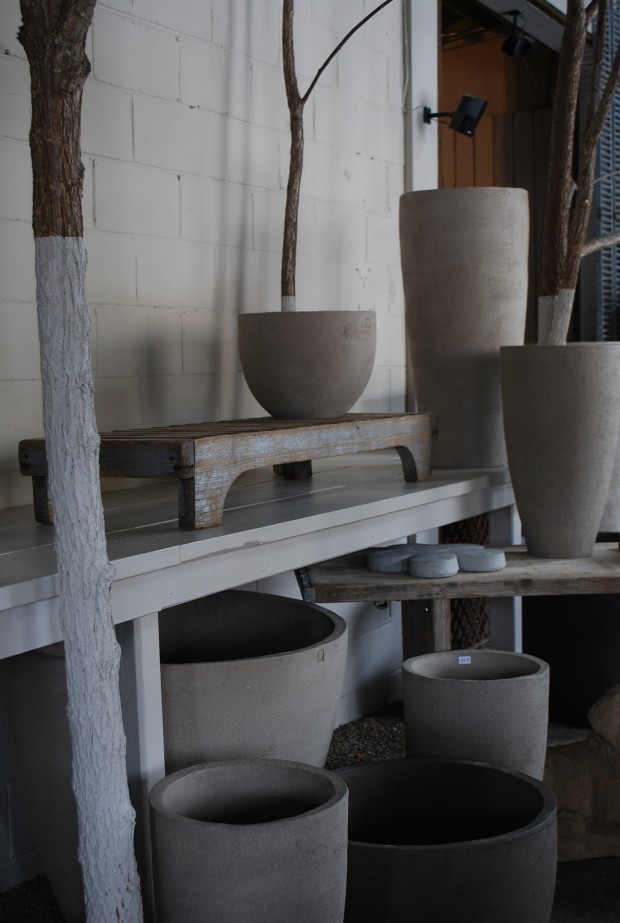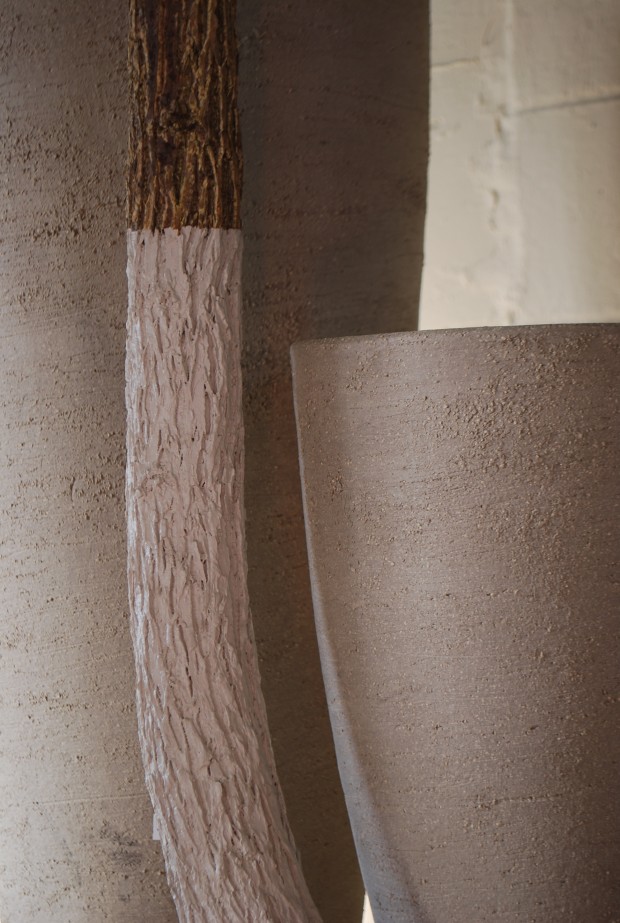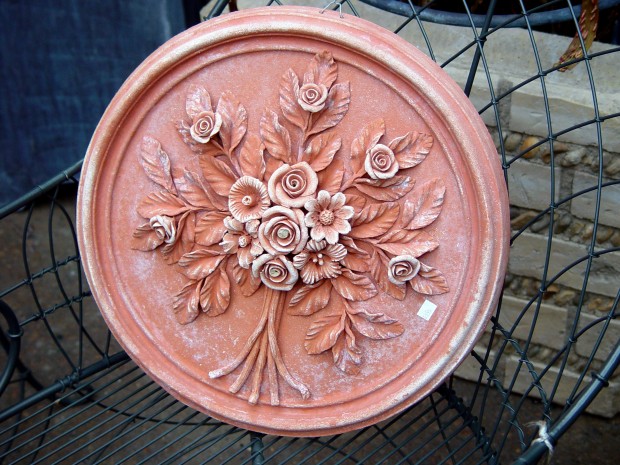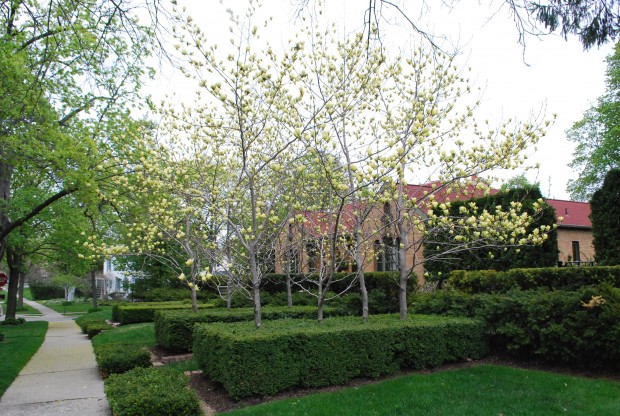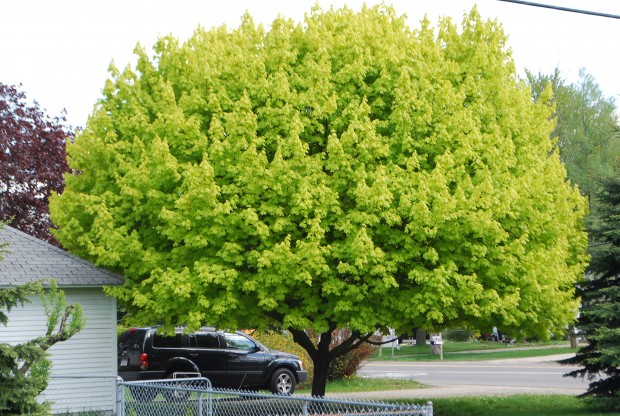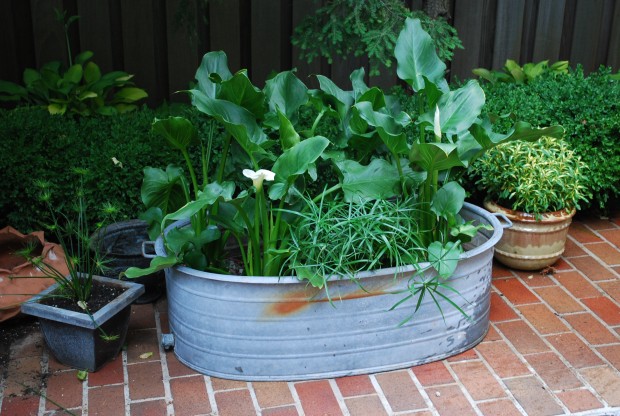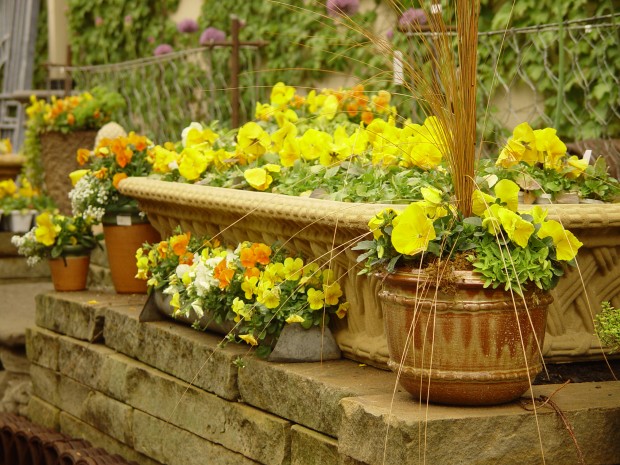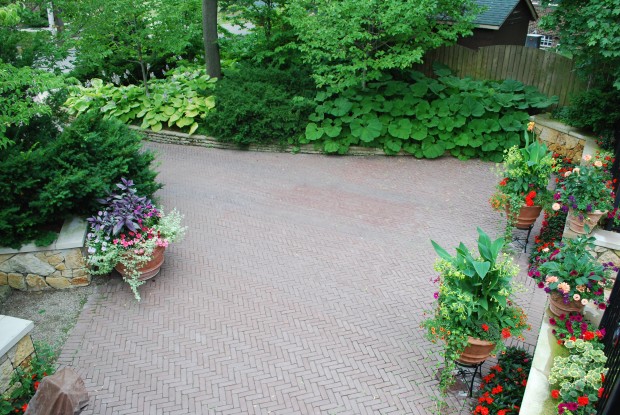What makes for a romance? An attraction that cannot be denied. An attraction that evolves from the excitement generated by the hope that a relationship might lead to a steadfast commitment. The romance suggested and generated by the possibility of love-who hasn’t experienced it? Gardeners romance their gardens-meaning they seek to establish a relationship with their environment, their love of plants, and their property to a mutually satisfying end. I never met a gardener that was not committed to the long term. However, mutually satisfying outcomes are rare. Things go wrong. Plants die. Taste’s change. More than rare, garden outcomes that stir the heart are short lived. Ephemeral. This makes the possibility of true romance all the more desirable.
Nature-the object of every gardener’s sincere affection. On occasion, that love is returned. Sometimes I am face to face with it in such a way that takes my breath away. But more often than not, nature has another idea in mind. I have had my hopes dashed more often than I care to recall. The weather here last spring was anything but. All of the efforts made to protect the spring flower buds-spurned. There are less dramatic challenges to one’s love for the garden. A lack of rain-or too much. The neighbor’s kid or the neighborhood rabbit who snaps all the lily buds off. The specimen evergreen that is not so happy where you have planted it. The effort it takes to improve the organic content of the soil. I suppose the spring will eventually come when I think I’ve had enough-but it hasn’t happened yet.
Anyone who gardens long enough realizes that a romance has its ups and downs. There are on occasion those perfect moments. An hour or a day or a season that enchants and utterly satisfies. They could be very simple, and not so readily apparent to a casual observer. The sun emerging after a spring rain. A quiet hour spent weeding. Watching a hummingbird feed. How the roses look just before they bloom.
That June day several years when the roses were blooming like I had never seen them before-heart stoppingly romantic. That summer day when all is good enough in the garden such there is time to take time to enjoy it. There are those perfect moments that come when you least expect them, and are over before you know it. That fairly accurately describes my relationship with nature. Never easy, and often times irritating and disappointing. Despite all that does not work, a life without a serious relationship with nature has no appeal to me.
This cold windy and snowy February moment that Milo and I shared in the garden-satisfying indeed. I am sure the other members of the Garden Designer’s Roundtable have an equally personal romance with nature-be sure to read on.
Lesley Hegarty & Robert Webber : Hegarty Webber Partnership : Bristol, UK
David Cristiani : The Desert Edge : Albuquerque, NM
Debbie Roberts : A Garden of Possibilities : Stamford, CT
Jocelyn Chilvers : The Art Garden : Denver, CO
Mary Gallagher Gray : Black Walnut Dispatch : Washington, D.C.
